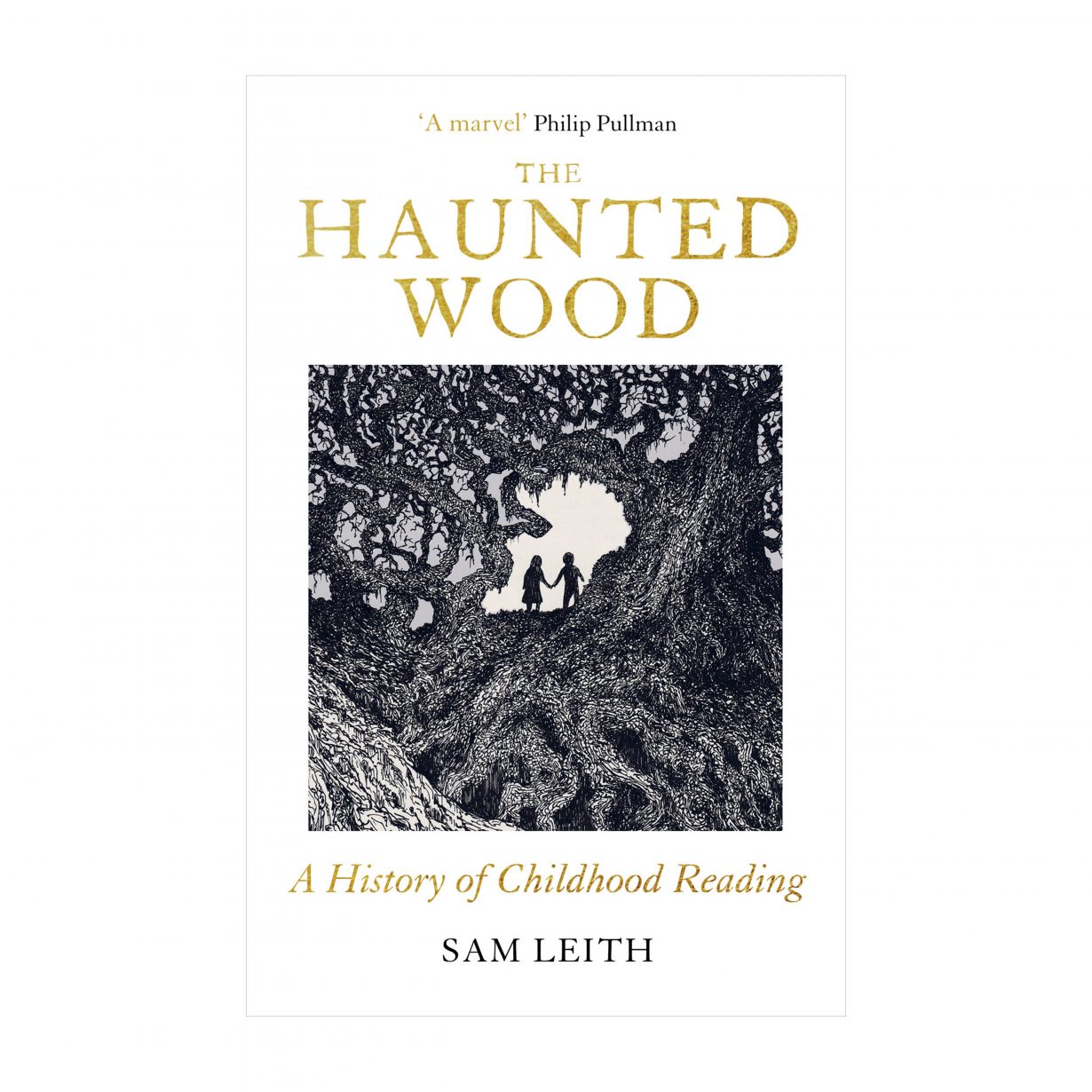Our definitions of childhood and children’s literature are inevitably entwined

Before he gets to children’s literature, Sam Leith must grapple with what a child is, tracing the development of ‘childhood’ as a concept. This adeptly introduces a fascinating and often moving account of human fears and hopes – in the company of talking rabbits, wardrobes and looking glasses, crime-solving posh kids and boarding-school wizards.
Prior to the eighteenth century, with stratospheric infant mortality rates, children ‘weren’t, as they are now, seen as something intrinsically precious’ and were told the same stories as their parents. When literature did begin to address the young, it was a vehicle for moral education. Adult authors were less interested in the child per se: Rousseau’s criticism that society was ‘always look- ing for the man in the child, without considering what he is before he becomes a man’. By the mid-nineteenth century, however, the child had become a precious thing, and it marked the ‘golden age’ of children’s literature. In the best stories, however, this hierarchy of the protector and protected is turned upside down: ‘relentlessly’, in the case of Alice’s Adventures in Wonderland (1865), which to read as an adult provides ‘a way of entering into a childlike mode of apprehending the world’.
Leith, a critic, is an archly humorous guide, sliding between biographies of the authors (Roald Dahl ‘was not an especially nice guy, [which] may have been part and parcel of what made him so effective a writer for children. He had a child’s id’) and the milieu of their young readers (mandatory schooling, the rise and fall of the British Empire, immigration and racism). The child with whom we enter Leith’s ‘Haunted Wood’ is a blank; by the end it has its own agency (from Matilda, 1988, to Sephy and Callum of Malorie Blackman’s Noughts & Crosses, 2001), veracious to the absurdity of the adult world.
The Haunted Wood: A History of Childhood Reading by Sam Leith. Oneworld, £30 (hardcover)